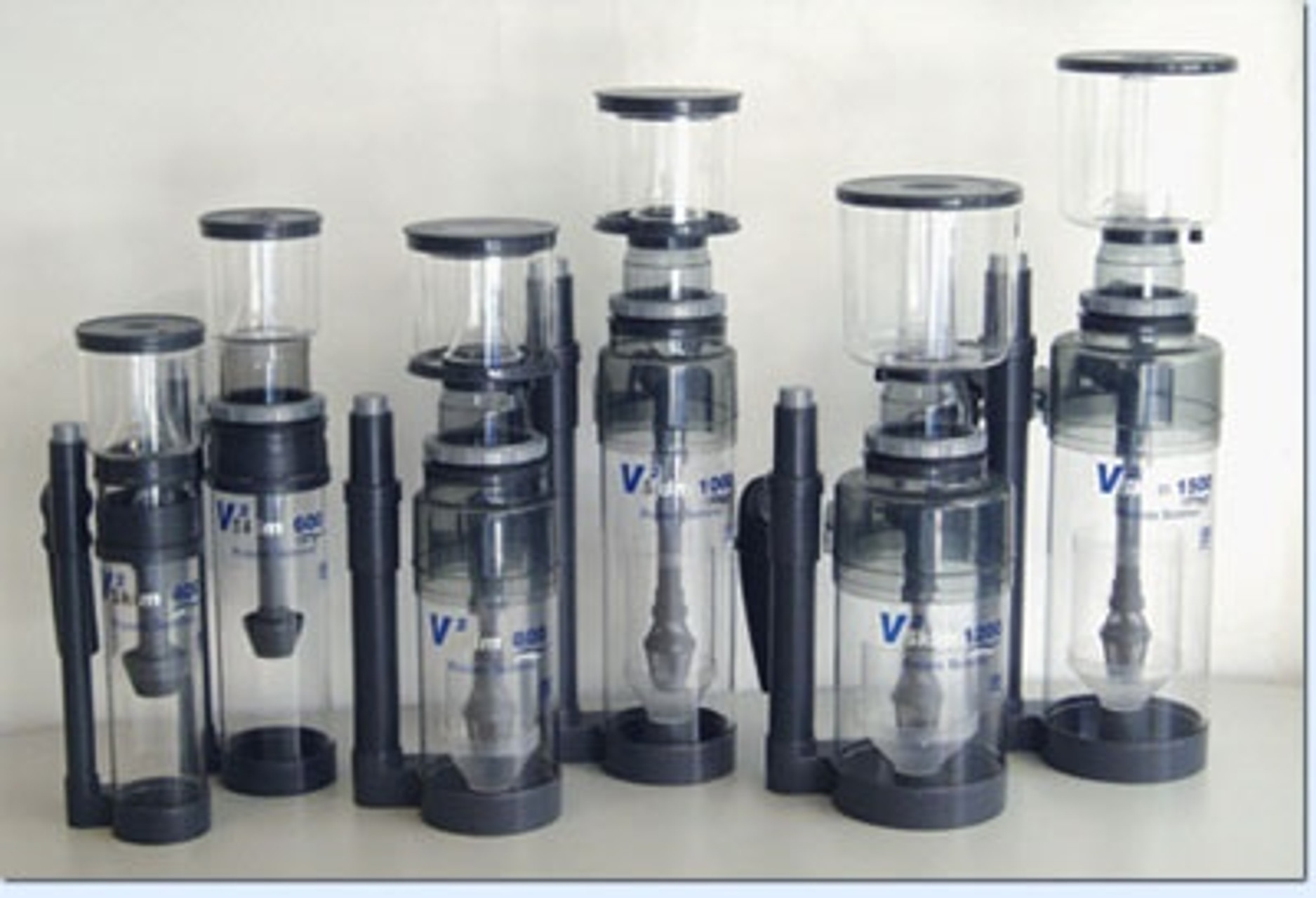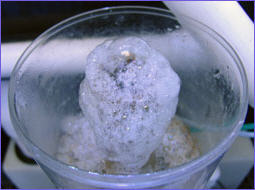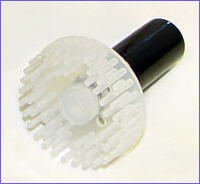Revisited: Protein Skimming (Foam Fractionation)

The focus of this article is to discuss what protein skimming is, how it works and why it has become such a popular filtration device in today's modern reef aquarium. The name itself can create some confusion. Protein skimming is often referred to as foam fractionation, which reflects the ability of the device to remove dissolved organic/inorganic molecules (mostly proteins) from seawater through the formation of air bubbles and subsequent attachment of surfactants (proteins) to these bubbles. There are many different designs on the market, so thorough research is recommended. It is not the intent of this article to say which skimmer is better, but only to outline the purpose and function. Protein skimming has been the source of constant debate among hobbyists and it is up to the aquarist to make the best decision on which type of skimmer, if any, is to be used.
Protein skimming became popular in the late eighties and early nineties by the movement of aquarists to keep more delicate organisms, such as stony corals. While used predominantly in Europe, the Berlin Method of reef keeping shed new light on protein skimming in the United States. The use of skimming has been used in industrial applications for decades and like most technologies, was modified and downsized for the home aquarium. The basic principal is that through aquarium water contact with small bubbles within a reaction chamber or vertical column, the bubbles rise up the device and spill over or pop in a collection cup at the top of the column. This physical collection of foam or waste (skimmate) also includes some suspended solids, phytoplankton and bacteria to name a few. There are many benefits to removing these compounds before they break down into ammonia, nitrite and eventually nitrate in the aquarium. Other substances like phosphorus and even heavy metals are also removed before they are allowed to accumulate in high concentrations. The removal of organic acids also aids in pH stability, while raising the oxidation/reduction potential (ORP) levels in the aquarium. There are other benefits that have been documented by numerous papers on the ability of protein skimmers to help balance the equilibrium of carbon dioxide in the aquarium with the ambient level by expelling excess carbon dioxide. This also helps keep oxygen levels at near saturation (depending upon design) and further helps to stabilize pH levels.
While there are always new designs being tested and sold on the market, the following are the most common.

Counter Current
This design is based on the flow of water from the top of the reaction column to the bottom, while going against the flow of air. Early designs used wooden air stones to create the smallest bubbles possible in conjunction with an air pump. While this design was effective, it required periodic and usually sporadic replacement of the lime wood air stone(s) in order to work efficiently. Mostly small skimmers still incorporate this technology today, while the counter current design was widely adapted to other skimmers.

Venturi Skimmers
The venturi design is named after a small device that is used to inject air into the skimmer without the use of an air pump or stone. Water is directed into a small pipe that is constricted, thereby creating a differential pressure gradient. At the top of the venturi device, a small hole is open to the outside air that is drawn into the stream of water by the opposing lower differential. The benefits to this design are less maintenance on bubble formation and a high flow rate, which can be extremely important on large systems. It is no surprise that mostly public aquariums, wholesalers and aquaculture facilities employ this design. The down side to this design is that they are not the most energy efficient (best if used with a dedicated venturi and a separate water feed pump) and the performance is very susceptible to oils and fats (quickly reduces efficiency) from feeding and other aquarist interaction within the aquarium.

Aspirator or Needle Wheel Skimmers
This design is currently the most popular due to the smaller reaction chamber needed and formation of very small, dense bubbles. The aspirator skimmer works by using a modified impeller, usually on a submerged pump that has needles projecting out instead of the regular blades on a standard impeller. The air is drawn in on the suction side of the pump and is then chopped/aspirated into large amounts of small fine bubbles, thereby creating an efficient contact and subsequent skimmate (waste). The other advantage to this design is that it can be used with larger diameter reaction chambers with shortened height requirements. This allows the skimmer to be mounted under the aquarium, usually in the sump. Some designs use a dual-purpose feed and aspirator pump, which also can help keep the aquarium at a lower temperature and requires less power. The disadvantages are that the flow rate can be lower than other designs and the impeller needs to be checked for debris (i.e. snails shells) in order to keep it working properly.
There are many other types of skimmers like the downdraft, Beckett injection, and spray injection to name a few. When selecting a skimmer most advanced hobbyists and authors recommend at least the tank volume per hour to be flowed through the device. Many work quite well and it is up to the aquarist to look at what their target flow rate is, what bio-load the system will be carrying, in addition to budget and space. Other choices include internal skimmers (within the aquarium), hang-on skimmers and horizontal units.
After understanding the basic principals behind protein skimming and some of the current designs on the market, it is easy to see why this has become a key piece of equipment in the modern reef aquarium. Only those that keep primarily soft corals and filter feeders should consider not using or under-sizing a skimmer on their system. Higher dissolved oxygen levels, lower organics, and enhanced pH stability due to carbon dioxide equilibration are all positive effects of protein skimming on most reef aquariums. While some of these effects can be achieved through the use of ozone, activated charcoal, deep sand beds, and other chemical filtration methods, the skimmer can provide better water quality that is known to have positive effects on most corals from oligotrophic (nutrient free) environments, like the barrier reefs. Additional research is needed to fully understand the role of organics in the aquarium and what exactly is in the skimmate that is typically removed via the skimmer.